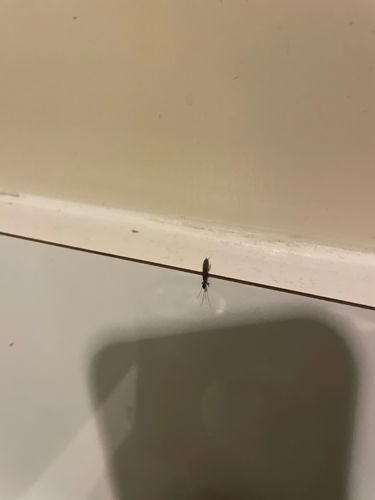Mosquito
Scientific Name: Culicidae
Order & Family: Diptera, Culicidae
Size: 3 to 10 mm (0.1 to 0.4 inches)

Natural Habitat
Mosquitoes are typically found near standing water, which they use for breeding. This includes wetlands, ponds, ditches, containers holding water, and even damp soil. Adults are often found in shaded, humid areas with vegetation.
Diet & Feeding
Adult female mosquitoes feed on blood to obtain proteins for egg development. Male mosquitoes and non-blood-feeding females feed on nectar and plant juices. Larvae feed on organic matter and microorganisms in water.
Behavior Patterns
Mosquitoes are most active during dawn and dusk, though some species bite during the day. They locate hosts by detecting carbon dioxide, body heat, and certain odors. They undergo complete metamorphosis with four life stages: egg, larva, pupa (all aquatic), and adult (terrestrial).
Risks & Benefits
Risks: Mosquitoes are vectors for numerous diseases, including malaria, dengue fever, Zika virus, West Nile virus, and chikungunya, posing significant public health threats. Their bites can also cause itchy welts. Benefits: Mosquitoes serve as a food source for other animals (e.g., birds, bats, fish in their larval stage) and some species play a role in pollination.
Identified on: 10/8/2025